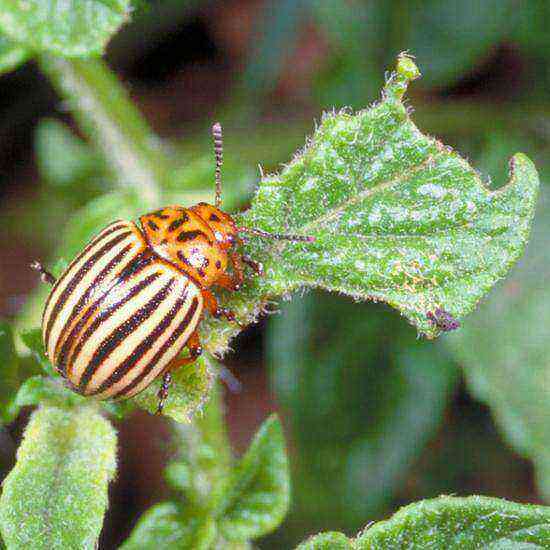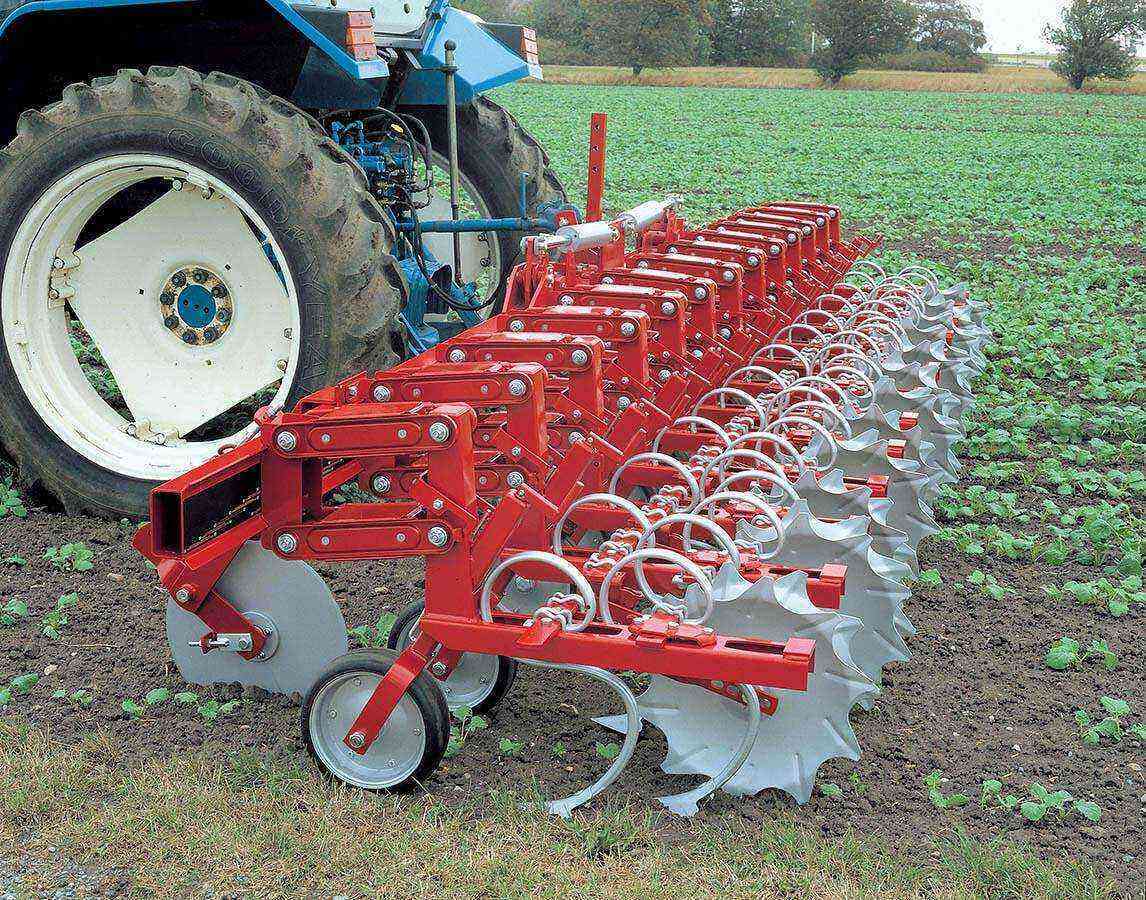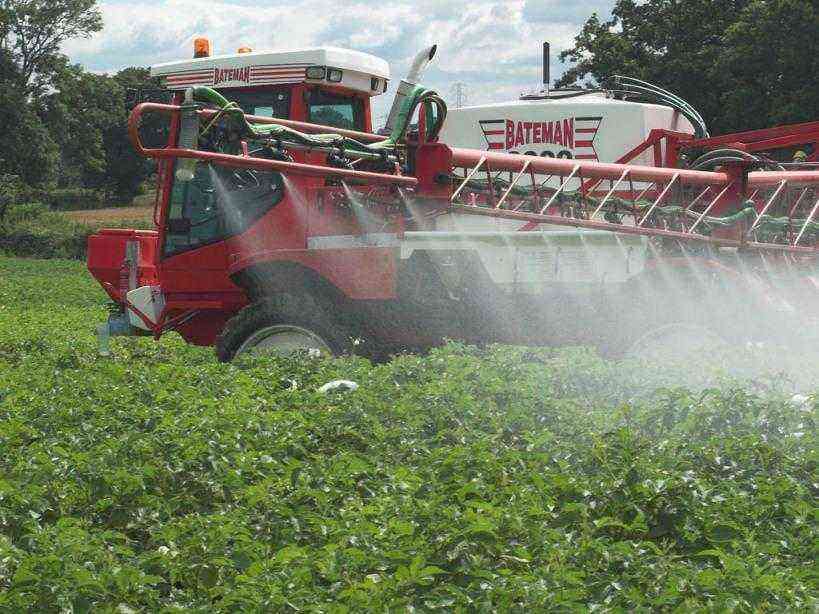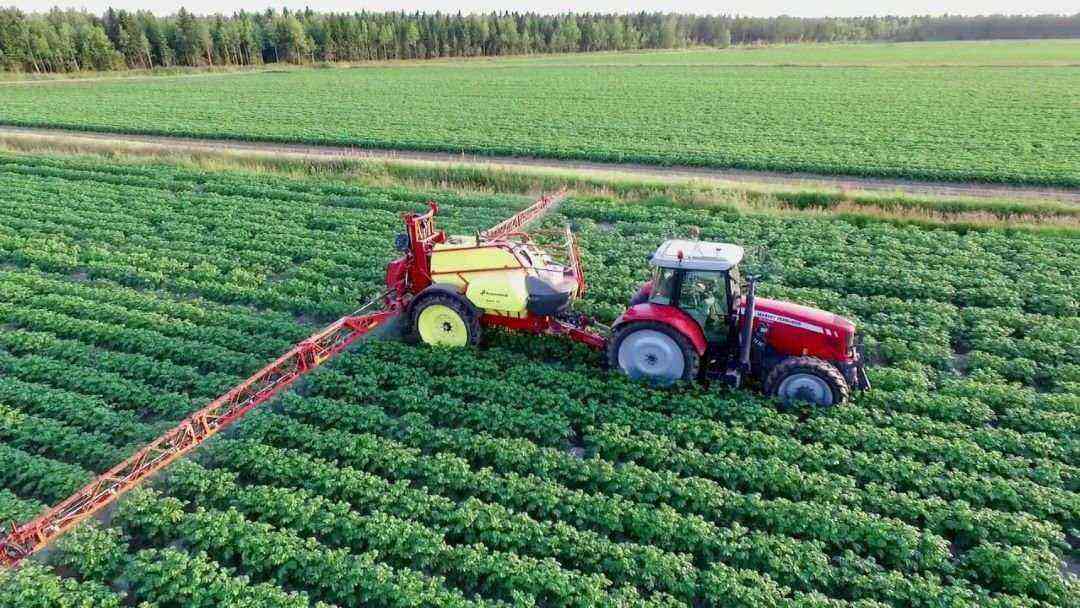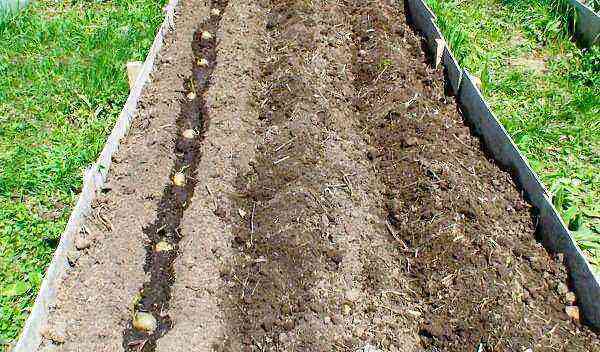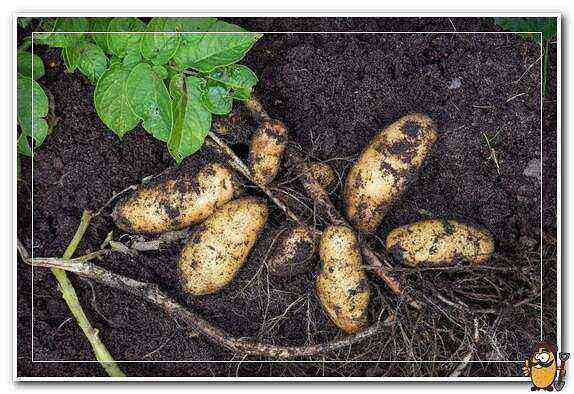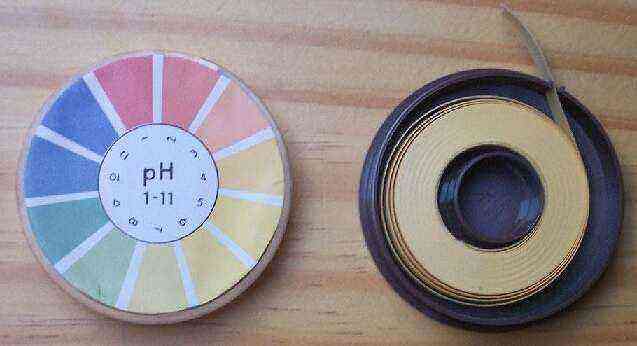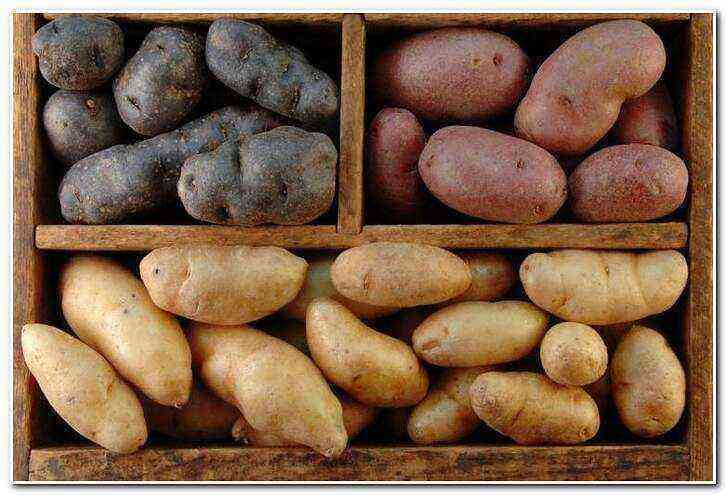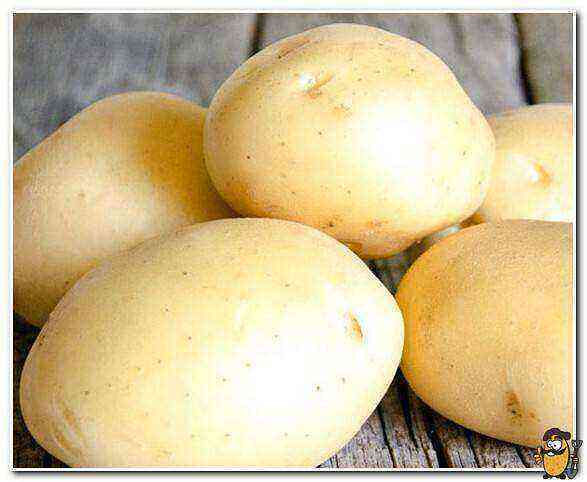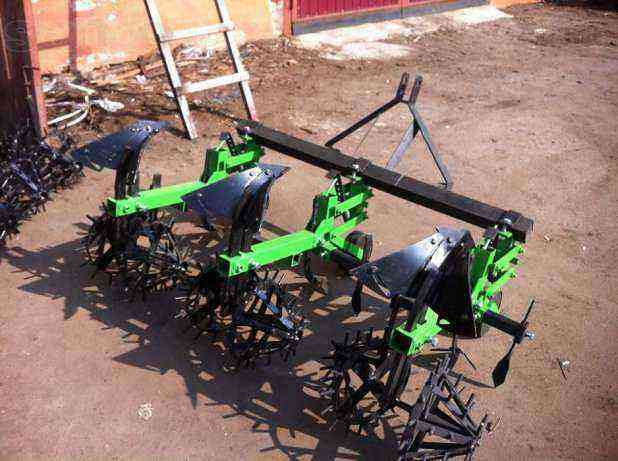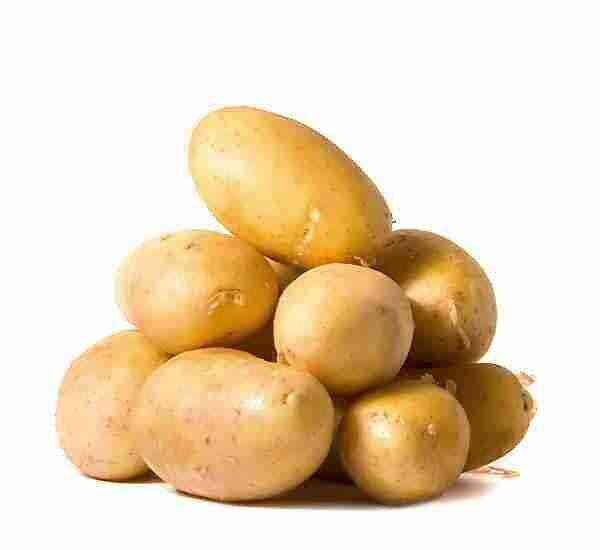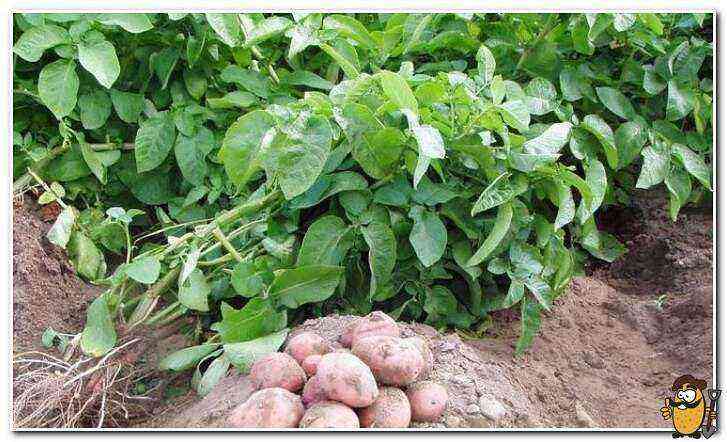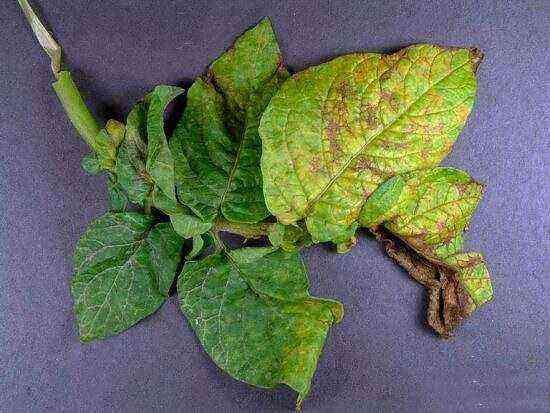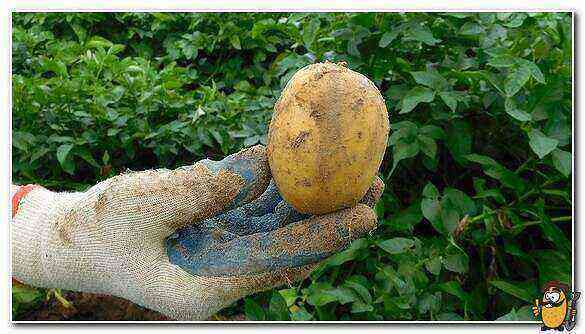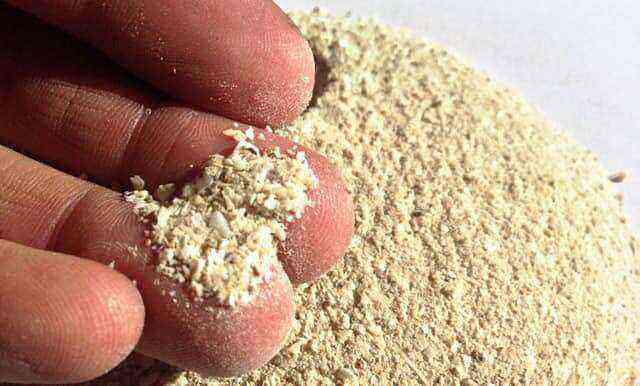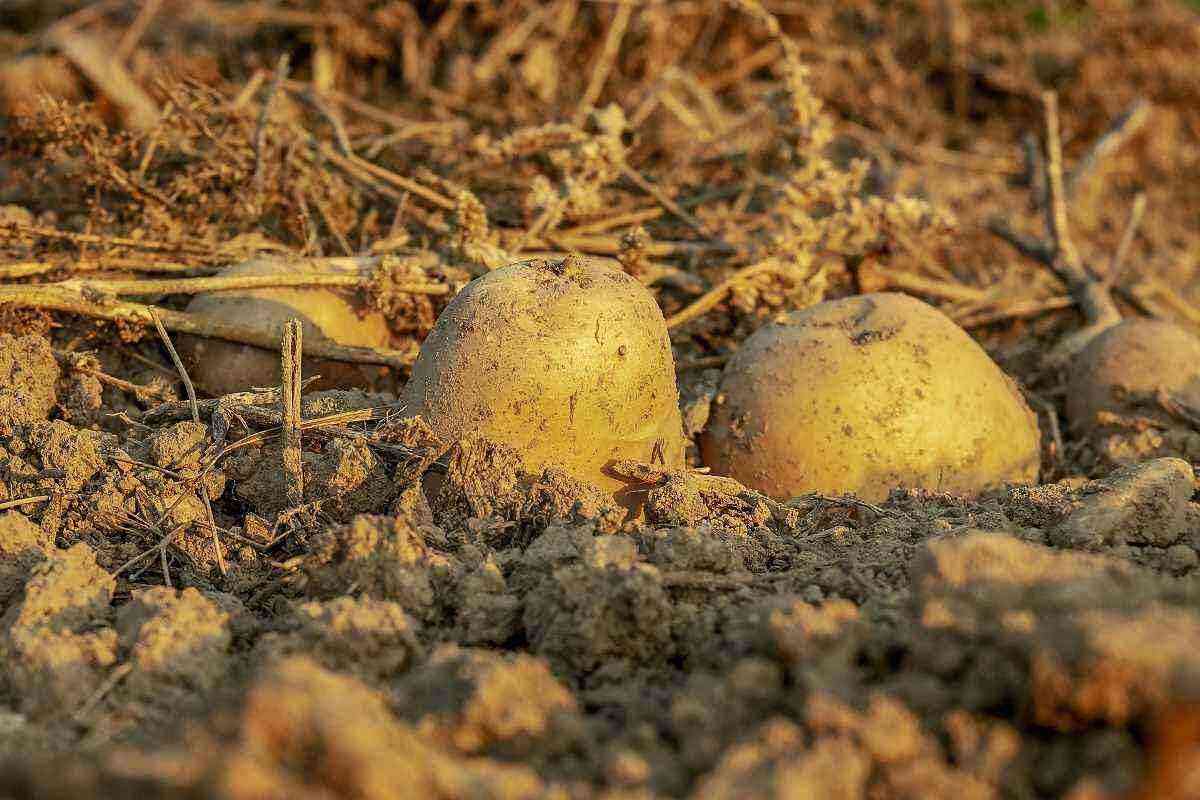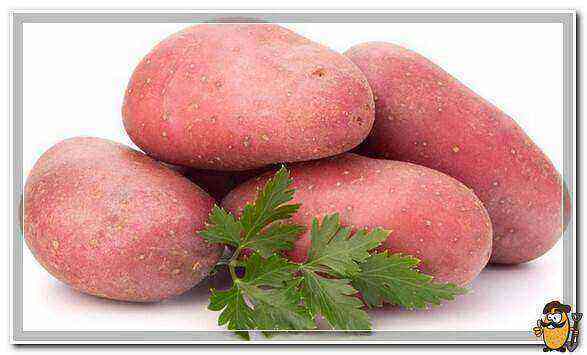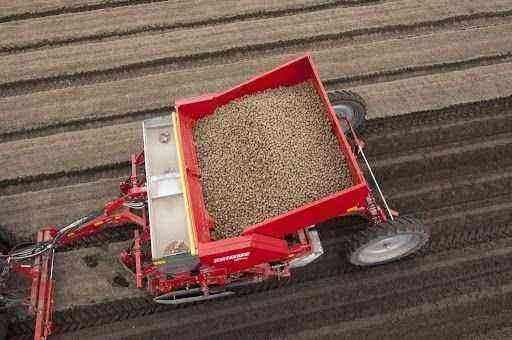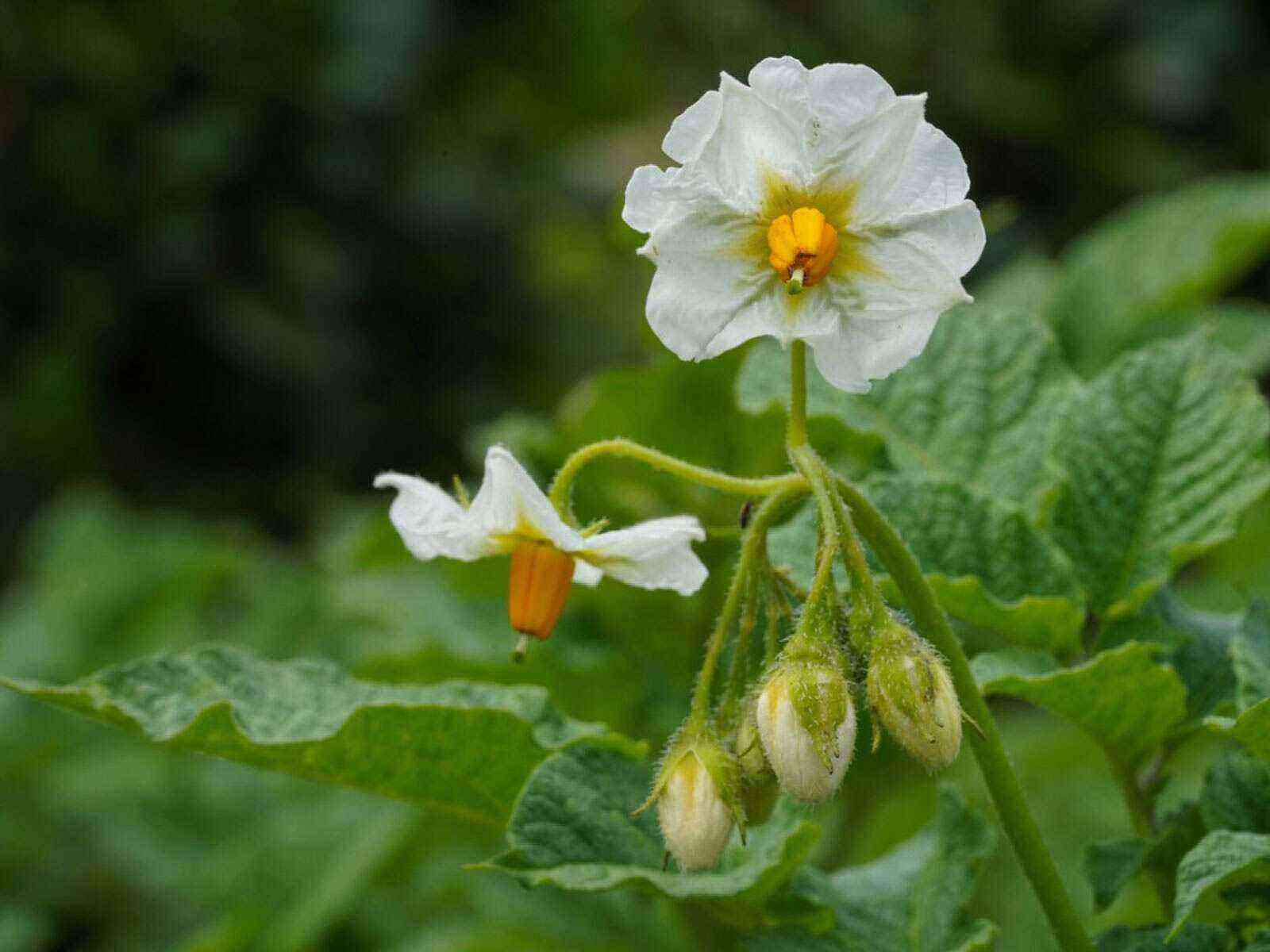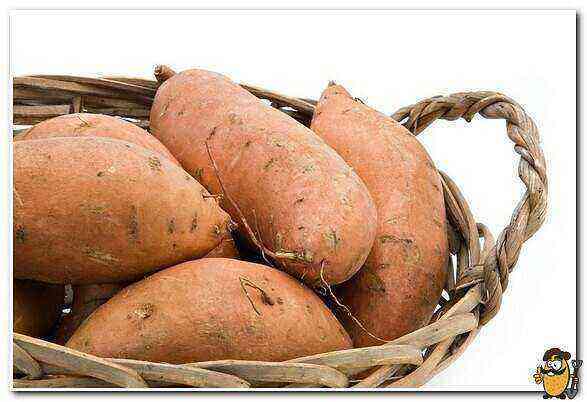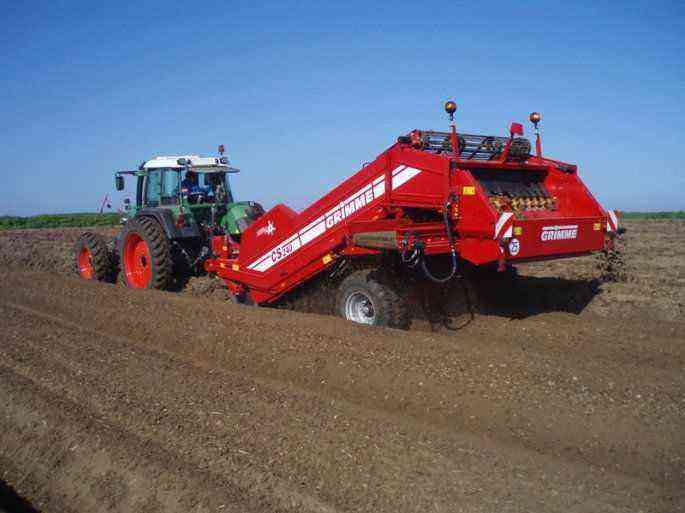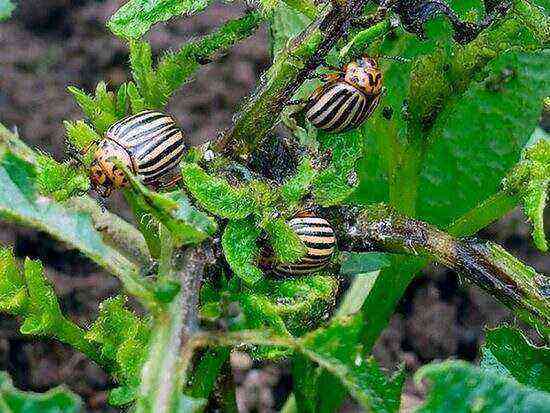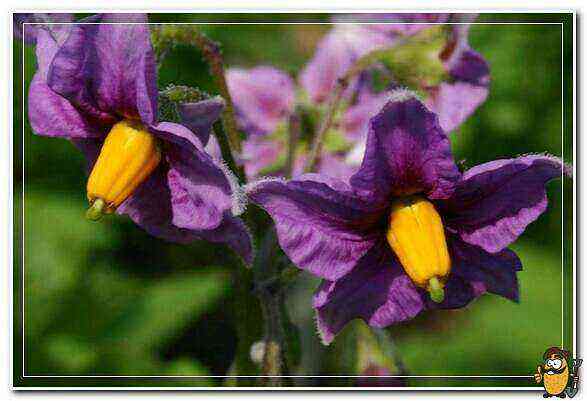Russian breeders keep up with their foreign colleagues, including the Dutch, who are recognized experts in the field of potato growing. Thanks to the painstaking work of Russian scientists, new varieties of potatoes with improved characteristics, adapted to our climate and giving consistently high yields, appear every year.
To date, a large number of hybrids have been bred, giving gardeners, small farmers and large agricultural companies a wide choice. Some of them are still experimenting with foreign breeding achievements, but for the majority it has long been clear that domestic varieties are no worse, and often even better.
An excellent confirmation of this is the mid-season table variety Kolobok – potatoes bred by employees of the V.I. Lorkha in 2000. After 5 years, after passing all the tests and submitting an application, it was included in the State Register of the Russian Federation, and today all lovers of “yellow” potatoes know about it. It is in the yellow tubers that the largest amount of vitamins, carotene and valuable protein is contained. In addition to useful properties, Kolobok has other advantages, for which our farmers fell in love with him. For example, versatility in growing. This potato is suitable for both manual and mechanical harvesting, easily transfers transportation over considerable distances, therefore it is recommended for cultivation not only in summer cottages, but also on an industrial scale.
Description, main characteristics
Gingerbread man is a mid-early potato, fully ripening 90-110 days after germination. It grows well in the entire central part of the country, but shows the highest yield in the Central Black Earth Region. Depending on the conditions, this indicator varies from 130 to 250 kg / ha.
The Kolobok bush is a medium-sized plant with erect or semi-erect stems. The leaves are also medium in size, slightly wavy at the edges, a light green matte shade, with pronounced veins. During flowering, the bushes are decorated with large white flowers. The root system in fertilized soil develops well. Each plant produces at least 10 tubers weighing up to 120 g. Potatoes are even, without tuberosity, slightly oval in shape, with a few small eyes. The peel is yellow, rather dense, rough to the touch (the surface looks like a mesh). The dense skin makes cleaning somewhat difficult, but this cannot be called a drawback, because the crop can be harvested not only with a shovel, but also by mechanized methods, without fear of damage to the tubers.
The yield of the Kolobok variety is quite high, in comparison, for example, with Lorkh (another achievement of Russian breeders), the difference is not very large. A record crop for the variety was registered in the Moscow region – as much as 256 c / ha. As for the marketability of potatoes Kolobok, it is also on top. The yield of quality commercial tubers reaches 97%.
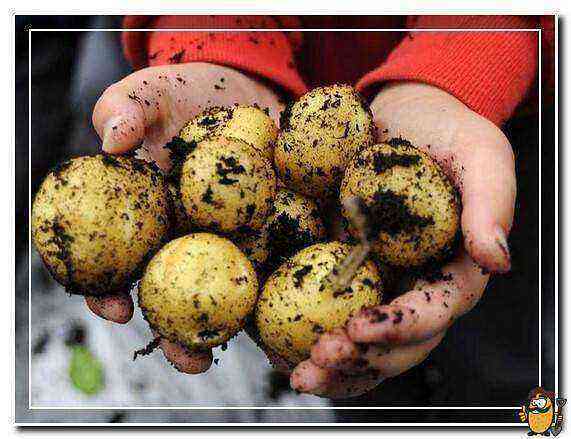
The starch content in tubers ranges from 11 to 14%. The pulp is dense, without excessive wateriness, light yellow in color. During heat treatment, tubers can crack, but they do not lose their shape. Kolobok has an excellent taste. This potato makes an appetizing delicate puree, fragrant jacket potatoes, deep-fried potato strips with a crunchy crust. It is also suitable for use in soups and salads. During processing, the pulp does not darken, which makes the finished dishes look very attractive. On an industrial scale, this variety is used as a raw material for the production of chips, semi-finished products (freeze-dried puree, vegetable mixtures, etc.), potato flour, flakes, starch.
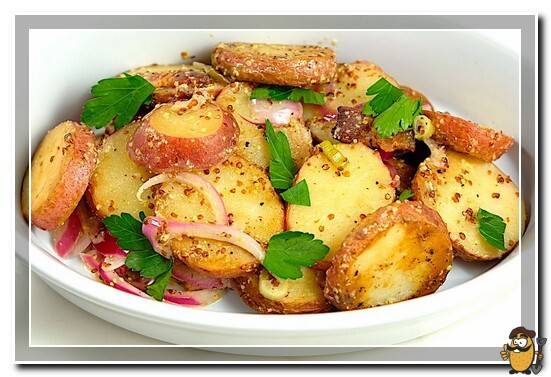
Peculiarities of growing
The Kolobok variety grows well in light fertile soil. It is undemanding in care, but to obtain high yields, it is necessary to use basic agrotechnical techniques.
Site Preparation
The land for planting these potatoes is prepared in the fall – they plow deeply (dig up) and fertilize with manure. In the spring, when the soil warms up to the desired temperature, the site is plowed again to a shallow depth, at the same time, “awakened” weeds are removed and mineral fertilizers (phosphorus, potash) are applied. Two plowing is needed in order to achieve the necessary lightness of the soil. This is enough for good plant growth.
Preparation of planting material
For planting, medium-sized potatoes are suitable without signs of disease and damage caused by mechanical means during harvesting. The selected material is germinated in the light until strong sprouts 2-3 cm long appear. For this, the tubers are left in a bright room with a temperature of at least 15 degrees for 2-3 weeks. Many potato growers additionally process the seed with special preparations. Albit has proven itself as an innovative biological product that increases immunity to various unfavorable environmental factors and a number of common cultural diseases. In addition, it increases germination and shortens the period of crop formation.
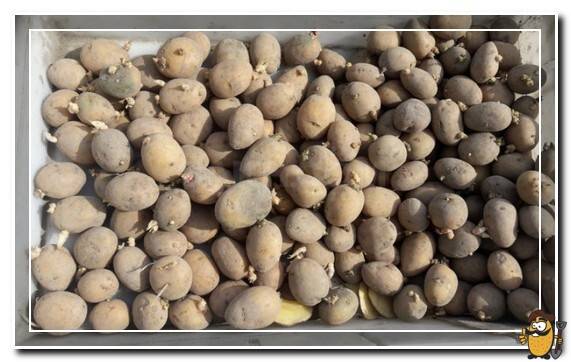
Basic landing rules
Potatoes Gingerbread man are planted in soil heated to 8-10 degrees. Depending on the prevailing weather conditions, this event can be held both at the very beginning of May and in the second half of it.
The optimal planting scheme for the Kolobok variety is 60 x 35, it will provide easy care for the plants. If the site is in a lowland, and there is a risk of flooding after rains, it is better to plant the planting tubers in high ridges. To increase productivity, a handful of humus is introduced into the holes, wood ash is thrown. What if they are not there? You can replace ash and humus with any complex fertilizers, which are applied at the rate of 15-20 g per hole. Many gardeners also add onion peels to fertilizers to protect plantings from pests.
Care
The gingerbread man is undemanding to care for, but this does not mean that it grows by itself. Some agrotechnical measures will have to be carried out, otherwise you can not count on a good harvest. Plants must be spud at least twice: the first time – when the bushes are 10-15 cm high, the second – after 2,5-3 weeks. If the piles are destroying rain and wind, another additional hilling is recommended. In parallel with hilling, weeds are removed.
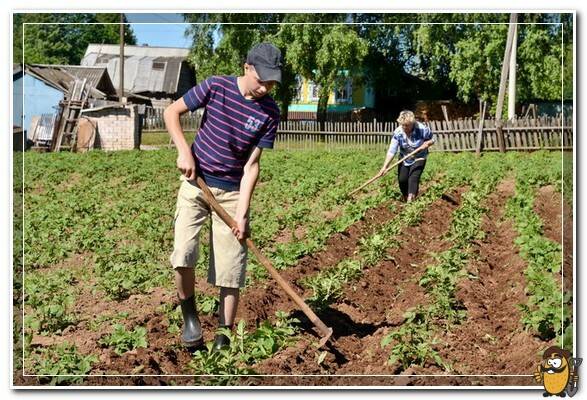
At the initial stage of growth, Kolobok potatoes need a lot of moisture, so it is advisable to organize regular and high-quality watering. During the flowering period, plants are watered as needed and completely stop watering immediately after the flowers fall. At this stage, excess moisture can cause late blight infection of the plantings.
For good growth and development, plants will need 2-3 feeding. It is advisable to use potassium fertilizers, you can feed it with mullein and droppings, but it is better to refuse nitrogen compounds, since they will provoke increased growth of the aerial part to the detriment of the tubers.
Disease Prevention
The gingerbread man has a high immunity to Alternaria and potato cancer, an average susceptibility to late blight, Rhizoctonia, all types of scab, the only truly dangerous enemy for him is only the golden nematode. However, despite the resistance to almost all common diseases, one should not abandon their prevention. Experts recommend treating potato beds with copper-containing preparations, and after a while repeat it to consolidate the result. Competent crop rotation will also help to successfully resist pathogens. For example, potatoes planted in the place where the radish grew in the previous season almost never get sick.
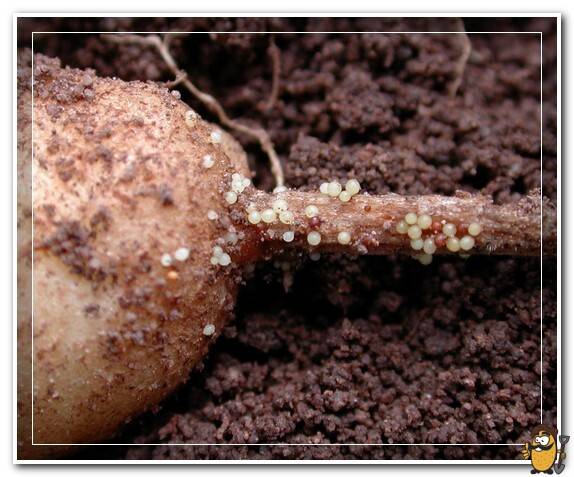
Insect pest control
The Colorado potato beetle, wireworm and aphids cause the greatest harm to the Kolobok potatoes. Colorado potato beetle larvae eat leaves, thereby reducing yield, wireworm spoils tubers by making moves in them, and aphids suck juice from plants, which leads to the appearance of spotting and curling of leaves, and this also negatively affects the future harvest. Insecticides will help to destroy pests, which must be applied strictly according to the instructions.
If you cannot do without chemicals in the fight against aphids, then you can cope with the Colorado potato beetle using folk methods. In small areas, insects are collected by hand, followed by their destruction outside the garden.

Collection and storage
Potatoes Kolobok can be dug in in mid-August, and they are usually harvested in September. When the tops are completely dry, they are mowed and harvesting begins after a couple of weeks. The dug up tubers are dried in a shaded place, sorted and sent to a prepared storage. It is advisable to store potatoes in wooden boxes that provide air access to the tubers. Any unheated room with a ventilation system that prevents air stagnation, dampness, and the appearance of mold is suitable for storage.
In conclusion
Farmers and large agricultural producers immediately liked the Potato Kolobok, primarily due to its unpretentiousness and excellent presentation. Gardeners celebrate its other virtues, such as great taste and culinary versatility. In general, this variety suits everyone, which means that its prospects are distant. This is a worthy competitor to foreign varieties, including the vaunted Dutch ones.
